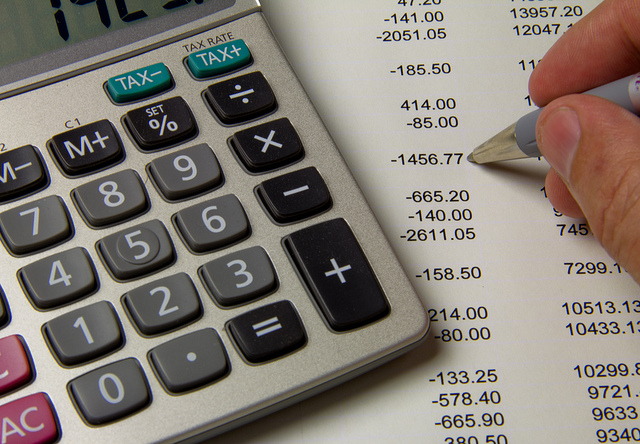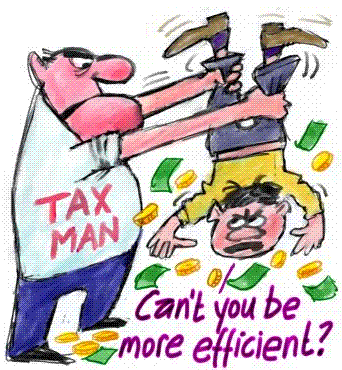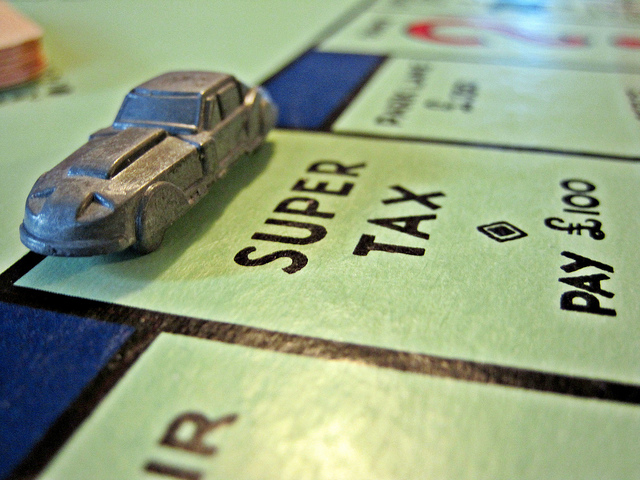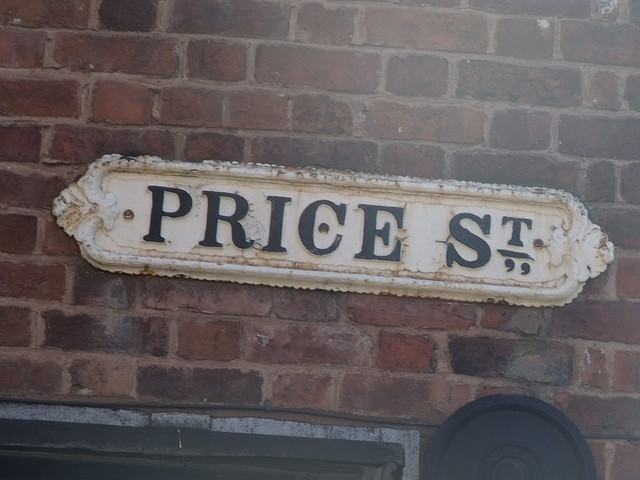Maximising Tax Benefits – Property Tax Advice
updated 15th October 2016
There’s no time like the present to evaluate the tax effectiveness of your investment properties. Check out these top tips to make sure you’re making the most out of your property
1. Appreciate depreciation
Many investors don’t take advantage of the huge tax deductions available through preparing a comprehensive tax depreciation schedule.
A depreciation schedule is a report prepared by a quantity surveyor that outlines the depreciation allowances that a property investor is entitled to over a number of years. These allowances can amount to tens or even hundreds of thousands of dollars worth of deductions per property.
Depreciation varies dramatically, based on the purchase price, age and type of property, and while new or renovated properties generally attract the largest deductions, more mature properties can still be worth a few thousand dollars in tax breaks.
“There are two types of older properties in reality: those that are built before 1985 and those built after 1985,” explains Tyron Hyde, director of depreciation specialists Washington Brown.
“Those built pre-1985 will only have plant and equipment deductions, which include things such as an oven, carpet and blinds. However, with properties built after 1985 you get the building allowance, and plant and equipment. You then start to include structural things like roofing and retaining walls.”
Example – without depreciation
New unit purchased on 1 July 2006 for $300,000, rented for $300 per week
Income
Rental income $15,600
Expenses
Interest on loan ($240,000 at 8%) $19,200
Insurance, rates, other expenses $5,300
Total expenses $24,500
Income $15,600
Expenses $24,500
Difference -$8,900
Total tax benefit
@ 45% tax rate $4,005
@ 40% tax rate $3,560
@ 30% tax rate $2,670
Example – with depreciation
New unit purchased on 1 July 2006 for $300,000, rented for $300 per week
Income
Rental income $15,600
Expenses
Interest on loan ($240,000 at 8%) $19,200
Insurance, rates, other expenses $5,300
Depreciation $9,000
Total expenses $33,500
Income $15,600
Expenses $33,500
Difference -$17,900
Total tax benefit
@ 45% tax rate $8,055
@ 40% tax rate $7,160
@ 30% tax rate $5,370
2. Travel more often
According to the Australian Taxation Office (ATO), if you travel to inspect or maintain your property, or collect rent, you may be able to claim the costs of travelling as a deduction.
You’re allowed a full deduction where the sole purpose of the trip relates to the rental property. For example, if you fly to inspect your rental property, stay overnight and return home the following day, all airfare and accommodation expenses would generally be allowed as a deduction. However, if you combine the trip with a holiday or other private activities, you may need to apportion the expenses.
You can also claim expenses such as car travel and taxi fares to inspect or carry out repairs on the property. Consult your accountant or the ATO for further details.
3. Keep accurate records
Stationery, postage, fax and phone charges relating to your investment property are all tax deductible, so ensure you record your spending on such items. This includes costs involved in communicating with your tenants, property manager and even your property lawyer.
4. Reconsider repairs
Be strategic about spending money on certain repairs on your investment property, as some are classed as ‘improvements’ rather than repairs. Improvements can’t be claimed as a deduction, but rather as capital works deductions.
According to the ATO, repairs must relate directly to wear and tear or other damage that occurred as a result of renting out the property. Typically, a repair aims to replace part of something, or restore something to its original working order.
While a repair simply restores something to its original state, an improvement makes something better than it was originally.
If the kitchen in your investment property includes one broken cupboard, for example, replacing that single cupboard would be a repair. However, replacing all of the cupboards would be an improvement.
Examples of repairs
- Replacing broken windows
- Maintaining plumbing
- Repairing electrical appliances
- Replacing cracked tiles
Source: ATO
Examples of improvements
- Landscaping
- Insulating the house
- Adding another room
- Installing an electrical safety switch
Source: ATO
5. Organise your records
Most property investors use some sort of record-keeping system to keep track of earnings and expenses.
The ATO has recently upgraded its personal tax record keeper (PTRK), which is a free software program that is ideal for property investors.
The program records income, expenses and asset details throughout the financial year, and allows the user to store information, including salary and wages, interest and dividends, distributions from managed funds, rental income and expenses, and even medical expenses and work-related costs.
It can be updated as often as required, so expenses can be input in the system as they occur. At the end of the financial year, the program produces a printed summary of the information entered, which can be used when preparing a tax return.
Best of all, the software also ‘speaks’ to the ATO’s e-tax software, so all of the information entered throughout the year can be exported directly into the tax return software to lodge with the ATO.
The software is free and available to download at www.ato.gov.au
The above information is designed as a guideline only. Seek advice from your accountant or the ATO regarding your individual situation.
This article has been republished with permission from Your Investment Property magazine. Try our Loan Repayment Calculator and find the best repayment strategy for you.





